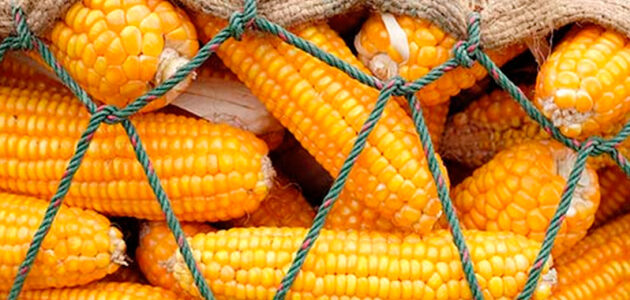
Amid high corn prices, Ukrainian farmers have already exported about 1.8-1.9 million tons and are still maintaining good shipment rates, but the situation on the global market may soon change, according to the analytical cooperative Pusk, created within the framework of the All-Ukrainian Agrarian Council.
“Today, Ukrainian corn looks quite expensive on the global market. For example, we offer corn to the Spanish market at $257-260 per ton, while Argentine products are $10-15 cheaper at $245-248. As a result, the key consumers in the EU are not showing active demand. Moreover, in April, new batches of Argentine grain are expected to come in, which will put even more pressure on prices,” the analysts explained.
Experts pointed out that according to the satellite monitoring data, the soil moisture level in the so-called “small” states, which account for almost 45% of corn production, is decreasing in Brazil. If weather conditions continue to deteriorate, this could affect yields and trigger a new price increase.
“The climate in Brazil has a distinct seasonality: first, it rains heavily, then there is a long heat wave without precipitation. If the moisture reserves are not accumulated sufficiently, corn will not form the necessary vegetative mass. As of the end of March, there is a downward trend in soil moisture, and the risk zone is gradually expanding. If this continues, we may see a new round of price growth in May,” experts predict.
At the same time, they note that there is positive news coming from Turkey: the country has reduced the duty on corn imports and opened a quota. It is the demand from this direction that is currently supporting the prices of Ukrainian corn. However, according to experts, the quota may be enough for a week, provided active trade.
“The current price of corn on CPT-port basis is over $230 per ton, which is actually the price for Turkey. As soon as Turkey exhausts its quota, the market may drop to $215-220 in April, which is in line with seasonal patterns. Against this background, farmers should carefully weigh the decision to sell,” the analysts emphasized.
Thus, the situation on the corn market remains ambiguous: in the short term, prices may fall, but in the medium term, under the negative scenario in Brazil, growth in May-June is possible.
“Ukrainian producers should closely monitor the weather conditions in South America and be prepared for both scenarios,” Pusk called for.